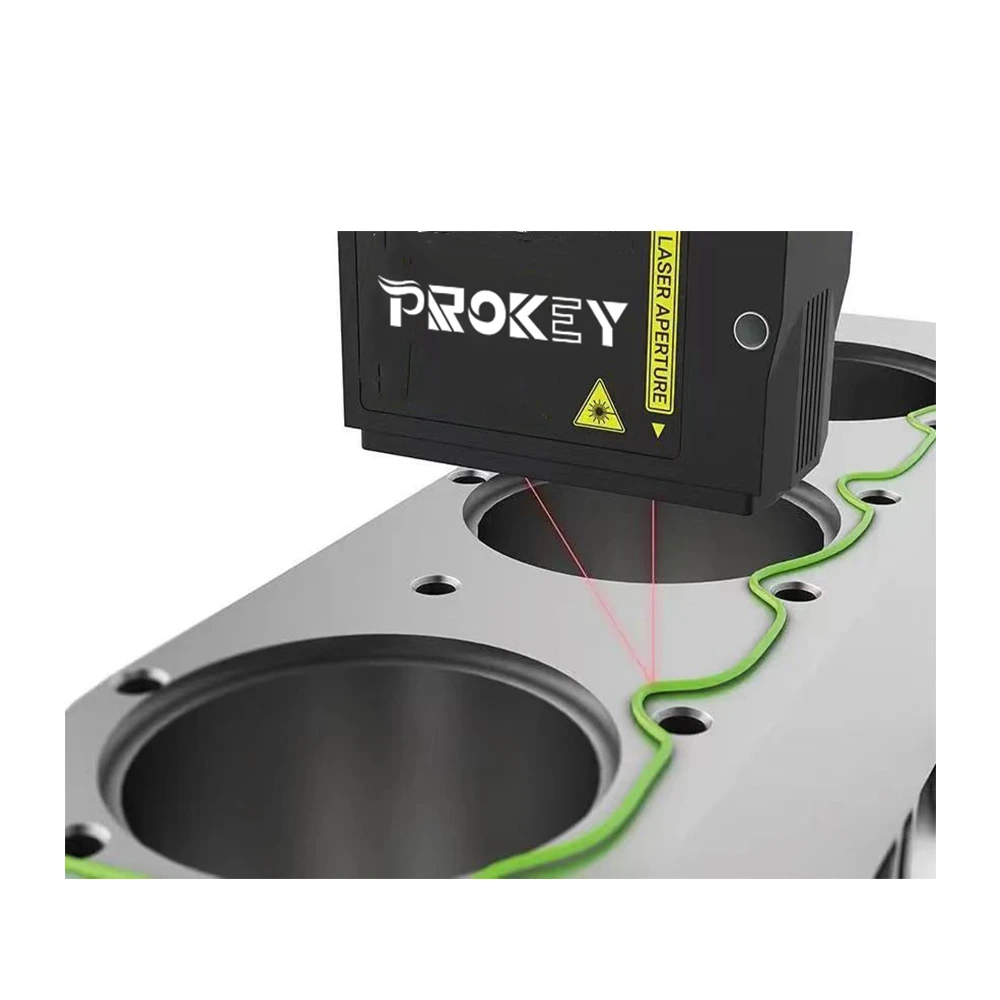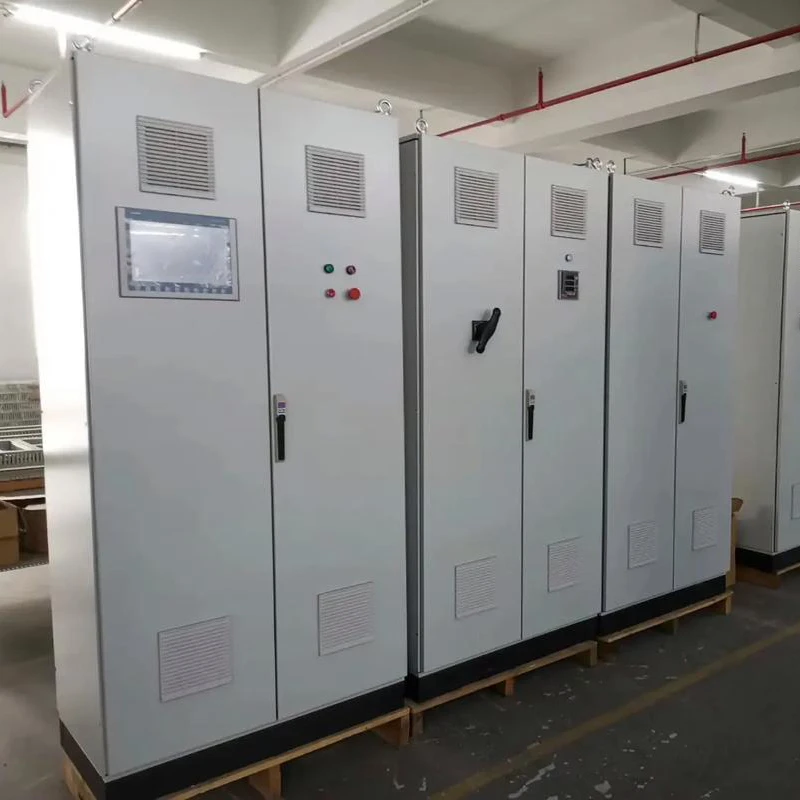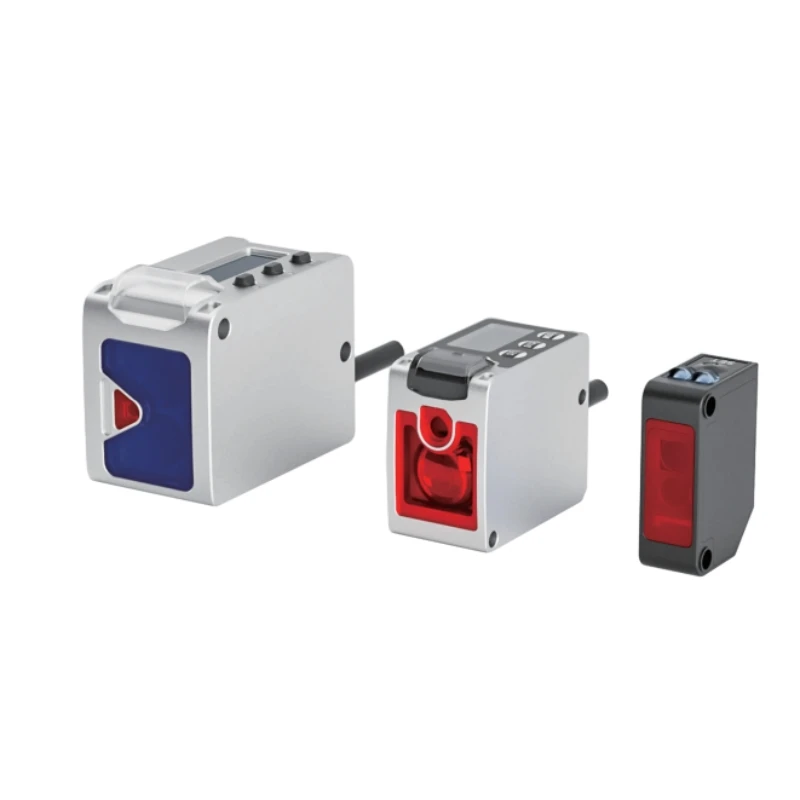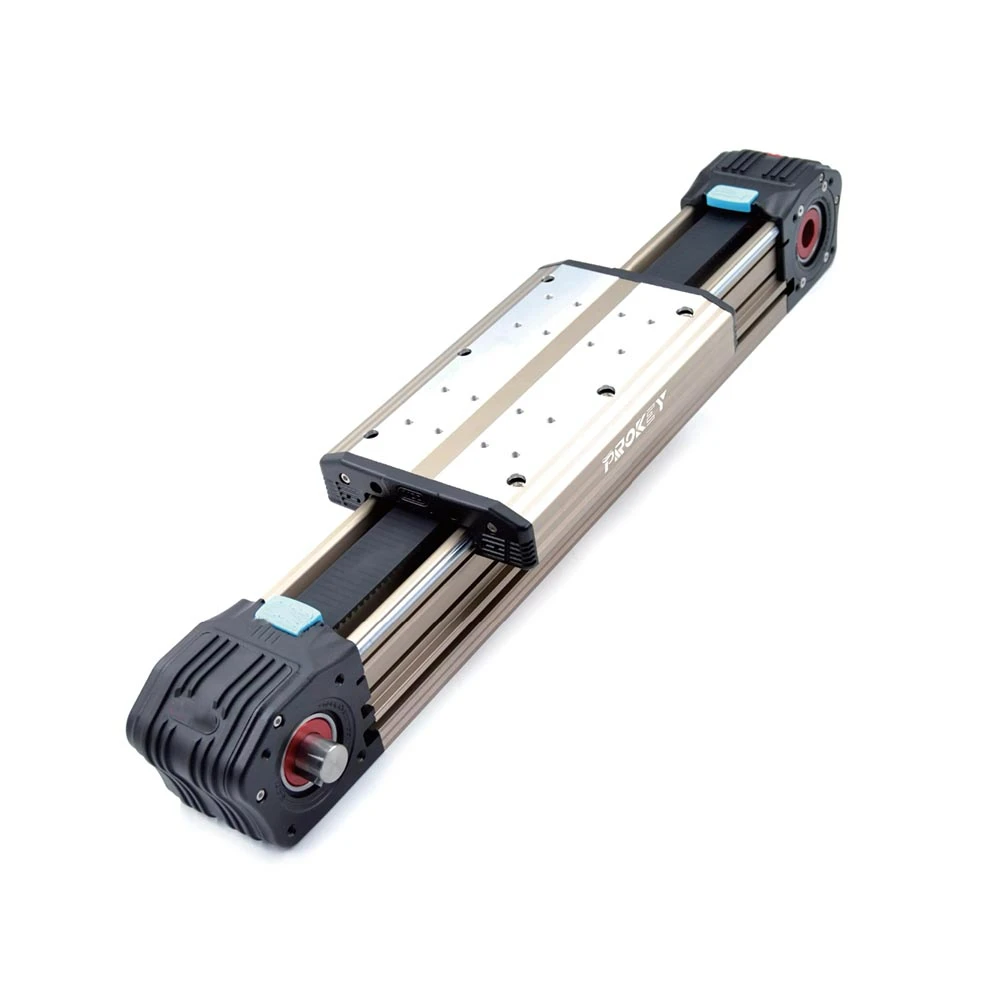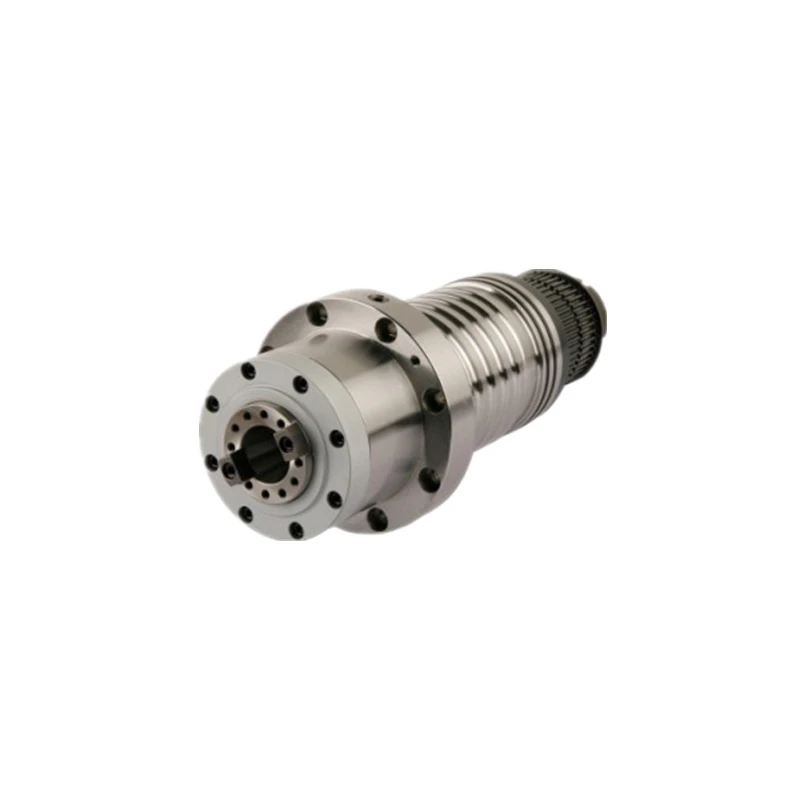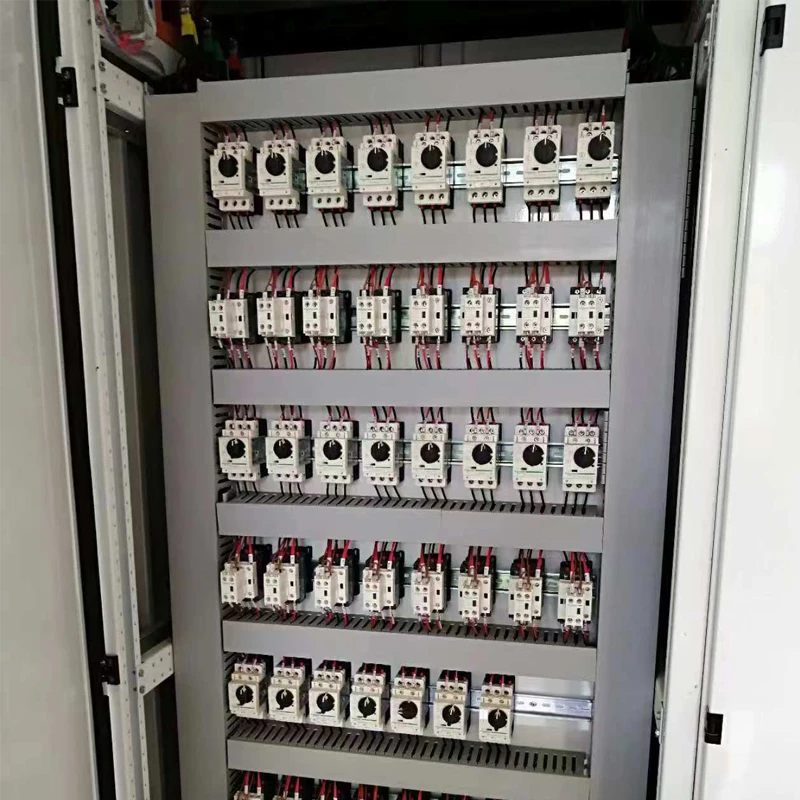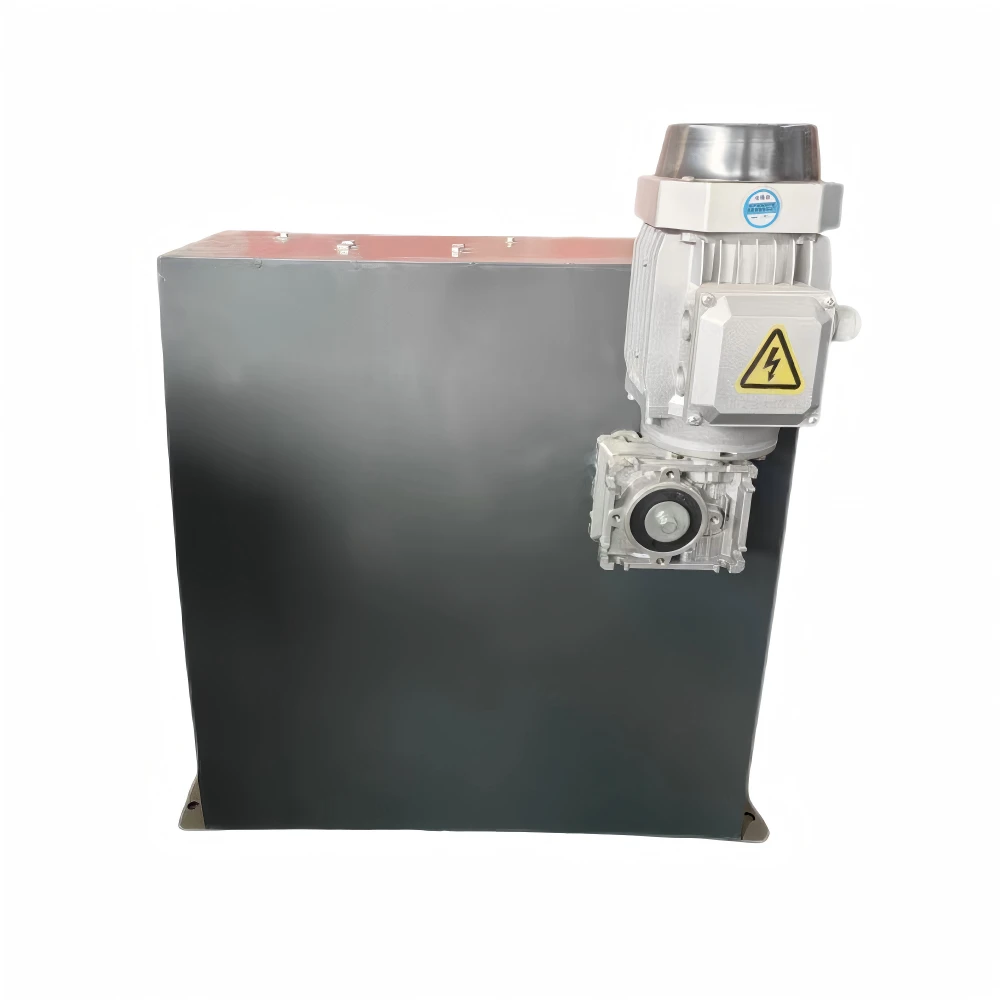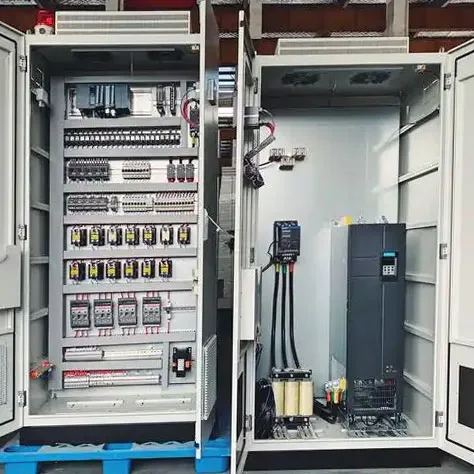12 月 . 04, 2024 09:49 Back to list
Unlock Precision Measurement with the Laser Ranging Sensor
In the realm of modern measurement technology, the laser ranging sensor stands out as a beacon of accuracy and efficiency. With its advanced capabilities, this sensor is revolutionizing industries by providing precise distance measurements crucial for various applications. Let's explore the different types of distance sensors, their advantages and disadvantages, and how the laser ranging sensor can elevate your operations.

Types of Distance Sensors
Understanding the various types of distance sensors is key to selecting the right technology for your needs. The primary categories include:
Laser Ranging Sensors: Utilizing focused light beams to measure distances with high precision, these sensors are ideal for applications requiring exact measurements, such as robotics and automation.
Ultrasonic Sensors: These devices emit sound waves and measure the time it takes for the echo to return, making them suitable for detecting objects and measuring distances in various environments.
Radar Sensors: Leveraging electromagnetic waves, radar sensors can measure distances over long ranges and are commonly used in automotive applications and traffic monitoring.
Capacitive and Inductive Sensors: These sensors measure distance based on changes in capacitance or inductance, often used for proximity detection in industrial applications.
Each sensor type has its unique strengths and weaknesses, making it essential to choose the right one based on your specific application requirements.
Advantages and Disadvantages of Laser Ranging Sensor
The laser ranging sensor boasts several advantages that make it a preferred choice in many scenarios:
Advantages:
- High Precision: Offers superior accuracy in distance measurement, making it ideal for applications requiring meticulous detail.
- Long Range: Capable of measuring distances over significant ranges, suitable for both indoor and outdoor applications.
- Fast Response Time: Provides real-time data, essential for dynamic environments where timely decisions are crucial.
Disadvantages:
- Sensitivity to Environmental Conditions: Performance can be affected by factors such as dust, fog, and reflective surfaces, necessitating careful installation and calibration.
- Cost: Generally more expensive than other sensor types, which may be a consideration for budget-sensitive projects.
By weighing these advantages and disadvantages, businesses can make informed decisions about incorporating laser ranging sensors into their operations.
Factors Affecting the Ranging Accuracy of Laser Ranging Sensor and Compensation Methods
While the laser ranging sensor is highly accurate, several factors can influence its performance:
- Ambient Light Conditions: Bright sunlight or other intense light sources can interfere with the sensor's operation.
- Surface Reflectivity: Different materials reflect laser light differently; highly reflective or absorbent surfaces may yield inaccurate readings.
- Temperature Variations: Changes in temperature can affect the speed of light, impacting measurement accuracy.
Compensation Methods:
To mitigate these issues, several compensation methods can be employed:
- Calibration: Regularly calibrating the sensor can ensure accuracy despite environmental changes.
- Software Algorithms: Implementing algorithms that account for temperature and light variations can help improve measurement precision.
- Choosing the Right Installation Location: Positioning the sensor away from direct sunlight and reflective surfaces can enhance performance.
By understanding these factors and implementing effective compensation methods, users can maximize the performance of their laser ranging sensors.
Embrace the Future of Measurement Technology
The laser ranging sensor represents the pinnacle of measurement technology, offering unparalleled accuracy and versatility across various industries. From construction and manufacturing to automotive and robotics, the applications are virtually limitless. By understanding the types of distance sensors, the advantages of laser ranging technology, and the factors affecting accuracy, you can make an informed choice that drives efficiency and effectiveness in your operations.
Unlock the potential of your business with the laser ranging sensor and experience the difference in precision measurement today!
-
Why Steel Mills Rely on FODA’s High-Temperature Cylindrical Roller Bearings?
NewsApr.10,2025
-
What is a Plain Bearing? A Complete Guide to Design & Functionality
NewsApr.10,2025
-
Thrust Ball Bearings vs. Tapered Roller Bearings: FODA’s Performance Comparison
NewsApr.10,2025
-
The Engineering Behind FODA Thrust Ball Bearings: Precision for High-Speed Applications
NewsApr.10,2025
-
No More Compromises: Get Precision-Engineered Custom Bearings Tailored to Your Exact Specifications
NewsApr.10,2025
-
In-Depth Analysis: Application Differences of Different Types of Angular Contact Ball Bearings
NewsApr.10,2025
Products categories



